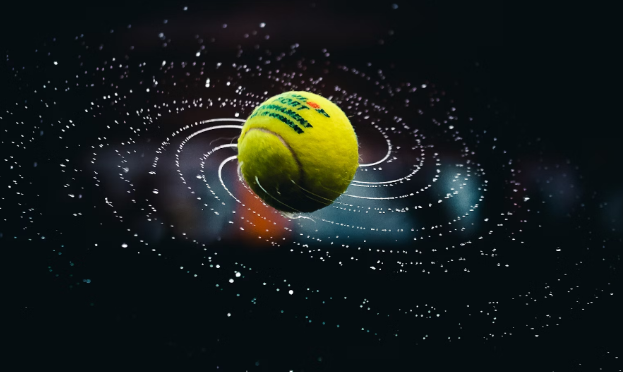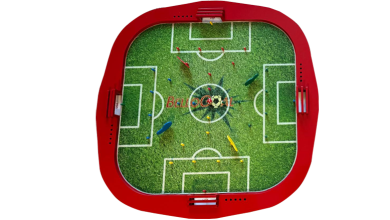Padel Technique: Mastering the Key Skills and Strategies

Padel, a dynamic racquet sport that combines elements of tennis and squash, requires a unique set of skills and strategies for success on the court. Mastering the fundamental techniques and understanding effective strategies are essential for players to excel in this fast-paced game. This article explores the key skills, tactics, and training methods that contribute to mastering padel technique.
Forehand and Backhand Strokes
- The forehand and backhand strokes are fundamental to padel, serving as the primary means of striking the ball. Proper technique is essential to generate power, control, and spin effectively.
Forehand Stroke: Start with a comfortable stance, positioning your body sideways to the net with your feet shoulder-width apart. Hold the racquet with a continental grip and step forward with your non-dominant foot as you swing the racquet forward in a smooth, fluid motion. Make contact with the ball slightly in front of your body and follow through with your swing, transferring your weight forward for added power. - Backhand Stroke: Adopt a similar stance as the forehand, but with your non-dominant shoulder facing the net. Use a continental or Eastern backhand grip and rotate your upper body to generate power as you swing the racquet across your body. Maintain a compact swing and focus on timing and accuracy to execute the shot effectively.
Volleys and Smashes
- Volleys and smashes are aggressive shots that require quick reflexes, precision, and timing.
Volleys: When at the net, be prepared to volley shots hit by your opponents. Keep your racquet up and your body in a ready position, with your weight slightly forward. Use short, controlled movements to redirect the ball with accuracy and placement, aiming to keep the ball low and close to the net. - Smashes: Smashes are powerful overhead shots typically used to capitalize on high balls or set up winning points. Position yourself underneath the ball, using a continental grip, and initiate the swing with a high backswing. Drive the racquet downward and forward with force, making contact with the ball at the highest point of your reach. Follow through with your swing to generate maximum power and trajectory.
Net Play and Positioning
- Effective net play and positioning are crucial for maintaining control of the point and dictating play.
Positioning: When playing at the net, maintain an aggressive stance just inside the service line, ready to intercept shots and put pressure on your opponents. Anticipate the direction of the ball and adjust your positioning accordingly to cover the most likely angles of attack. - Footwork: Good footwork is essential for quickly moving into position to execute shots and recover after each stroke. Practice agility drills and footwork exercises to improve your speed, balance, and lateral movement on the court.
Strategies and Game Management
In addition to mastering individual skills, understanding effective strategies and game management is essential for success in padel.
Communication: Effective communication with your partner is key, especially in doubles play. Develop signals and cues to coordinate movements, cover the court efficiently, and exploit weaknesses in your opponents’ game.
- Shot Selection: Choose your shots wisely based on the situation and the position of your opponents. Mix up your shots with a combination of lobs, drops, and drives to keep your opponents off balance and create opportunities to attack.
- Court Awareness: Maintain awareness of the court dimensions, including the position of the walls and the angles of deflection. Use the walls strategically to angle shots and create openings, both offensively and defensively.
Conclusion
Mastering padel technique requires a combination of skill, strategy, and practice. By focusing on fundamental strokes, effective net play, and strategic game management, players can elevate their performance and compete at a higher level. Continuous training, attention to detail, and a willingness to adapt and innovate are essential for success in this dynamic and exhilarating sport.




